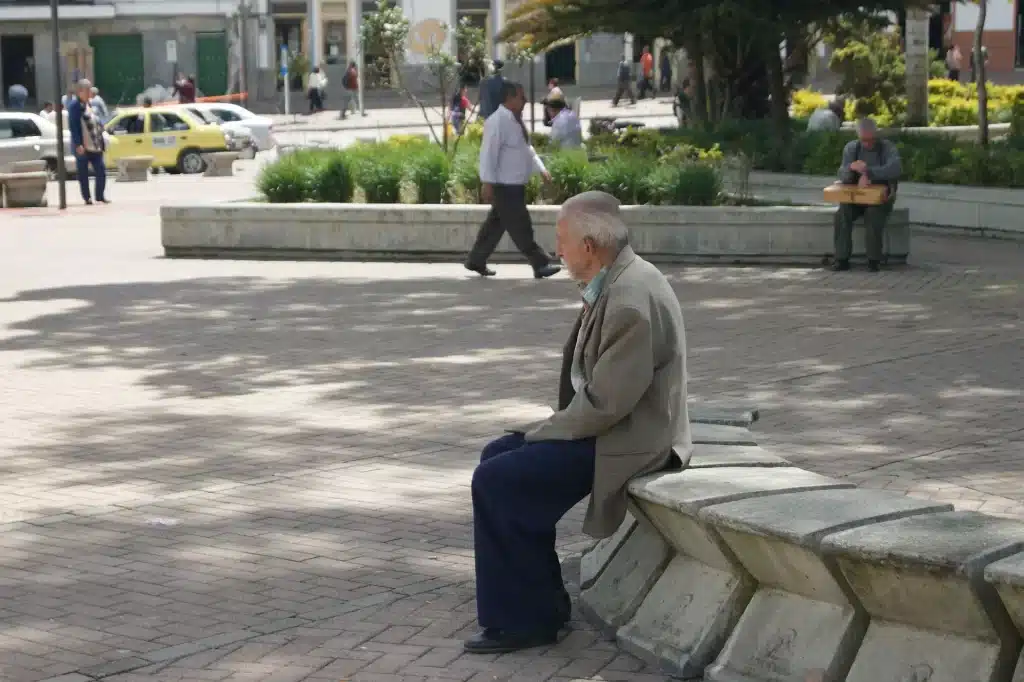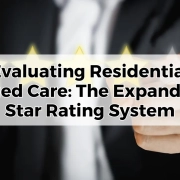Should we pay the accommodation amount as a RAD or a DAP?
Should we pay the accommodation amount as a RAD or a DAP is one of the main decisions we help our clients to make, when a loved member of the family is entering residential aged care.
When a family member is moving to residential aged care in Australia, when you enter a residential aged care facility, one of the first things that happens is an assessment of your means. This is to determine whether you are eligible for a low-means rate for your accommodation. If you are not deemed to be low-means, then you will be liable for the full market rate for your accommodation.
This can be a significant expense, so it’s important to be aware of the possibility before you enter a residential aged care arrangement. Of course, this is just one of many factors to consider when making the decision to enter aged care in Australia. But it’s important to be as informed as possible about the fees involved so that you can make the best decision for your situation.
Accommodation amount

Those that are considered not to qualify for low means have the option of paying a Refundable Accommodation Deposit (RAD), a Daily Accommodation Payment (DAP), or any combination of the two. The RAD is a lump sum payment that is refunded to the resident when they leave care, while the DAP is a daily payment that covers the accommodation amount. Both payments are means-tested, and the amount that a resident pay will depend on room rate of their chosen residential aged care provider. This amount will vary greatly based on location and level of luxury among other factors and the advertised rates are published on My Aged Care website.
When we explain how this works to our clients, we approach it from the perspective of ‘buying a room’ when paying the RAD, or ‘renting a room’ when paying the DAP. When you buy the room its like buying a house, where at the end of care there is some money to be returned that was paid for the accommodation. Unlike house prices of recent years, this doesn’t increase. This amount returned is generally the amount of RAD that was paid, unless fees have been deducted from the RAD (which is an option in many cases). This is a strategy we consider for clients we call a DAP from RAD strategy and can help with cashflow.
This lump sum is used by the aged care provider to generate a return to cover the aged care accommodation amount. The good news with a RAD is that it is considered a near risk free investment, as the care provider gives it back at the other end, and it is backed by the Commonwealth Government for your peace of mind. This means that if the aged care provider becomes insolvent, the RAD will still be repaid, usually to the estate due to the nature of aged care, after the end of residential care.

If a client is paying the DAP, it is similar to renting as far as no return of capital is given once the resident leaves the aged care provider. Just like your landlord wouldn’t pay you back your rent over the years. It’s a fee that is just paid for providing the service of accommodation.
A DAP is calculated based on the rate that the aged care provider quotes as the accommodation cost and uses a rate set by the government (which is reviewed multiple times per year) they refer to as an MPIR in an aged care agreement. The formula is as follows:
DAP = RAD x MPIR / 365
What this means is that if the RAD is quoted at $500,000, the MPIR (as of 1 April 2024) is 8.34%, therefore the DAP is $41,700 pa or $114.25 per day. The MPIR as at date of entry is what is used to calculate the DAP, so when it is updated, the DAP charged for someone already a permanent resident in care will not change.
RAD or DAP?

The question of which way to go depends on several factors, but the most important consideration is cashflow. If there are funds available to pay the RAD, many families make the mistake of paying the RAD in full without considering how this might impact the rest of the situation, in particular the ability to meet cashflow requirements.
It’s a good idea to get financial advice on aged care as we consider all the circumstances and make sure our clients understand the full consequences of decisions that are made and show how the care can be afforded whilst minimising fees and maximising government entitlements such as the aged pension.









